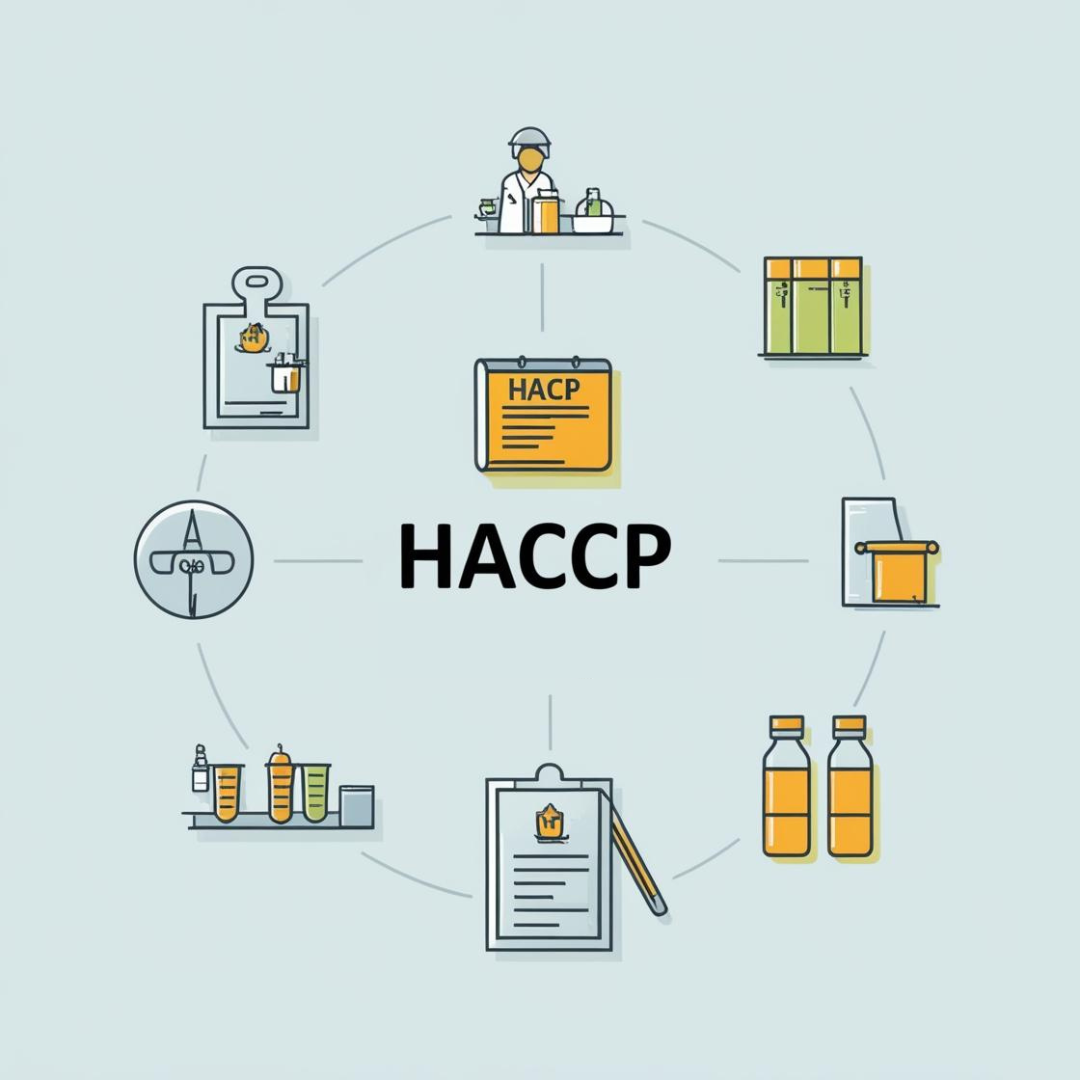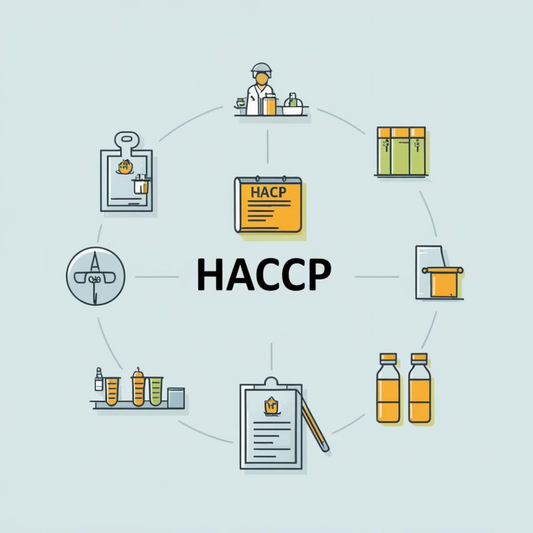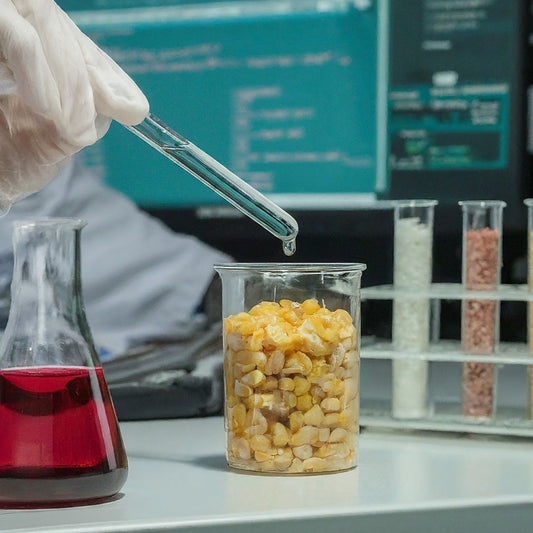Bioplastics: Myth and reality
Share
Bioplastics are being promoted as a solution to the plastic pollution problem, but they may not be as eco-friendly as claimed. The term "bioplastics" is often used to describe very different materials, and the terms "biobased", "biodegradable", and "compostable" may be misleading.
Bioplastics are made from biobased resources or fossil fuels and can be biodegradable, but not all biobased plastics are biodegradable. The distinction should be made between biodegradable and compostable. Bioplastics are compostable under certain conditions but not biodegradable in nature.
Composting is a controlled process that requires specific conditions, and bioplastics may not be compostable in home or municipal composting facilities. Industrial composting facilities are required to break down bioplastics, but these facilities are not widely available in India.
The production of bioplastics requires large amounts of feedstocks, such as cornstarch or sugarcane, which can compete with food production and lead to deforestation. Bioplastics can also produce microplastics and toxins that can accumulate in soil and water, harming the environment and human health.
Bioplastics can contain toxic additives, such as PFAS and BPA, which can leach into food and the environment. These additives can undergo bioaccumulation and biomagnification, climbing up the food chain. The recycling of bioplastics is also a challenge, and more research is needed to understand the environmental impacts of bioplastics.
Ultimately, bioplastics are not necessarily safer than conventional plastics. As consumers, we must focus on reducing plastic consumption overall—by recycling, upcycling, and reusing. We need to use plastics sustainably in our retail sector and find solutions to reduce single-use plastics and packaging waste.
To address the plastic pollution problem, we need to advance recycling technologies, raise awareness, and expand recycling infrastructure. Currently, conventional plastic recycling rates are low, at 9%. We must be cautious in embracing bioplastics until further research is conducted to avoid creating bigger environmental challenges.





